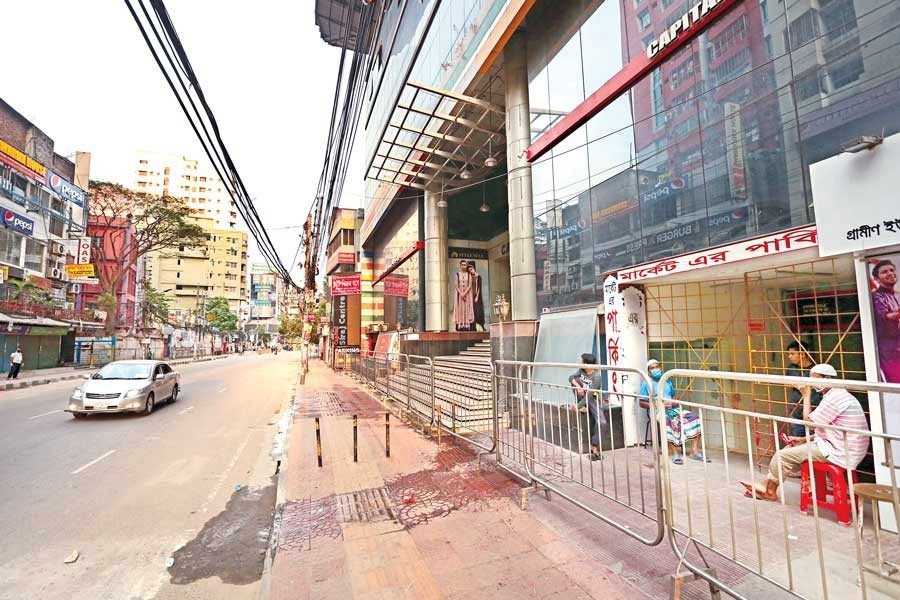Small and medium entrepreneurs of the country's home-grown clothing industry have made a landmark change by turning it to a fashion industry. Colours and fabrics coupled with diverse designs, ornaments and handicrafts -- all locally produced -- turn it into a local industry on which millions of families across the country now live. Started on a small scale during late '70s, the entrepreneurs had moderately shown the potential of a growing industry during mid-'80s. A big push was visible in late '90s and thereafter when a number of small and medium fashions houses joined the bandwagon to establish indigenous fashion brands.
As the overall economy has started to advance with 6-plus annual growth rate on an average, the consumer base has also expanded. Fashion industry has also started to take advantage of the growth by providing fashionable clothing and products to rising middle-class and lower-middle class consumers. A core feature of the fashion brands is its dedicated focus on the country's own heritage. Consumers also respond positively as they find it a matter of pride to procure deshi ponnya (local product).
Pahela Boishakh, the first day of the Bengali New Year, emerges as a big boon for the fashion industry. Around 15-20 per cent of the industry's annual revenue generates through Boishakhi sales. Nevertheless, Eid-ul-Fitr is the biggest shopping festival in the country and fashion brands rely on the festival for more than 50 per cent of their annual turnovers.
The spread of deadly coronavirus, however, changes the scenario this year. Domestic fashion industry has already faced a big blow due to drastic decline in Boishakshi sales. There is almost no sale due to country-wide lockdown in the form of general public holidays. Hundreds of micro entrepreneurs and thousands of petty artisans have lost their entire capital. In the absence of sales in the fashion houses, those who are in the value chain have largely gone broke.
The already damaged fashion industry is now waiting for its biggest setback as there is no shopping spree in the coming Eid. Its major consumer base comprises middle and lower-middle classes who are now struggling for survival. Many have already faced job loss or salary cut. For them, and also many others, it is in no way time to go for Eid shopping. Thus demand for local fashion products dropped heavily.
Against the backdrop, the fashion industry needs a strong support to survive during the COVID-19 crisis. Compared to big entrepreneurs and export-oriented units, the need for the fashion industry is moderate. The already declared loan-based stimulus package may not be suitable for the fashion houses. They need more relaxed loan facilities with a nominal interest rate of 1.0 to 2.0 per cent. They also need Value Added Tax (VAT) and other tax waivers for a few months. Even, some direct cash incentives may be extended to the fashion entrepreneurs, which they can use for paying wages and salaries during the period. The Fashion Entrepreneurs Association of Bangladesh (FEAB) has already sought the government support describing the plight of the sector. In this unprecedented period of crisis with a prolong uncertainty, adequate support to the local fashion industry will have a positive spill-over effect as thousands of informal workers are there are involved with its value chain.


